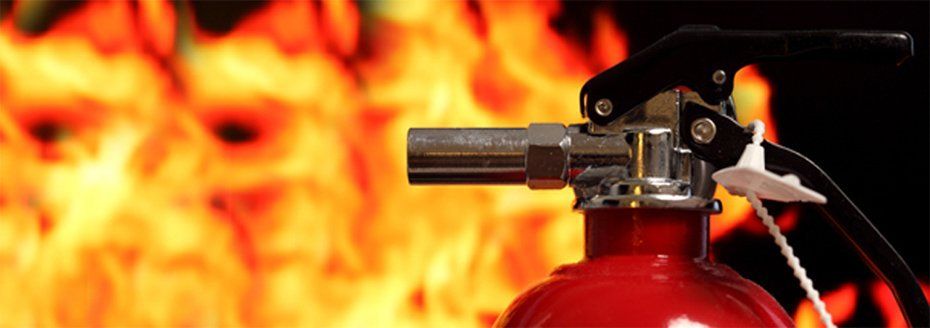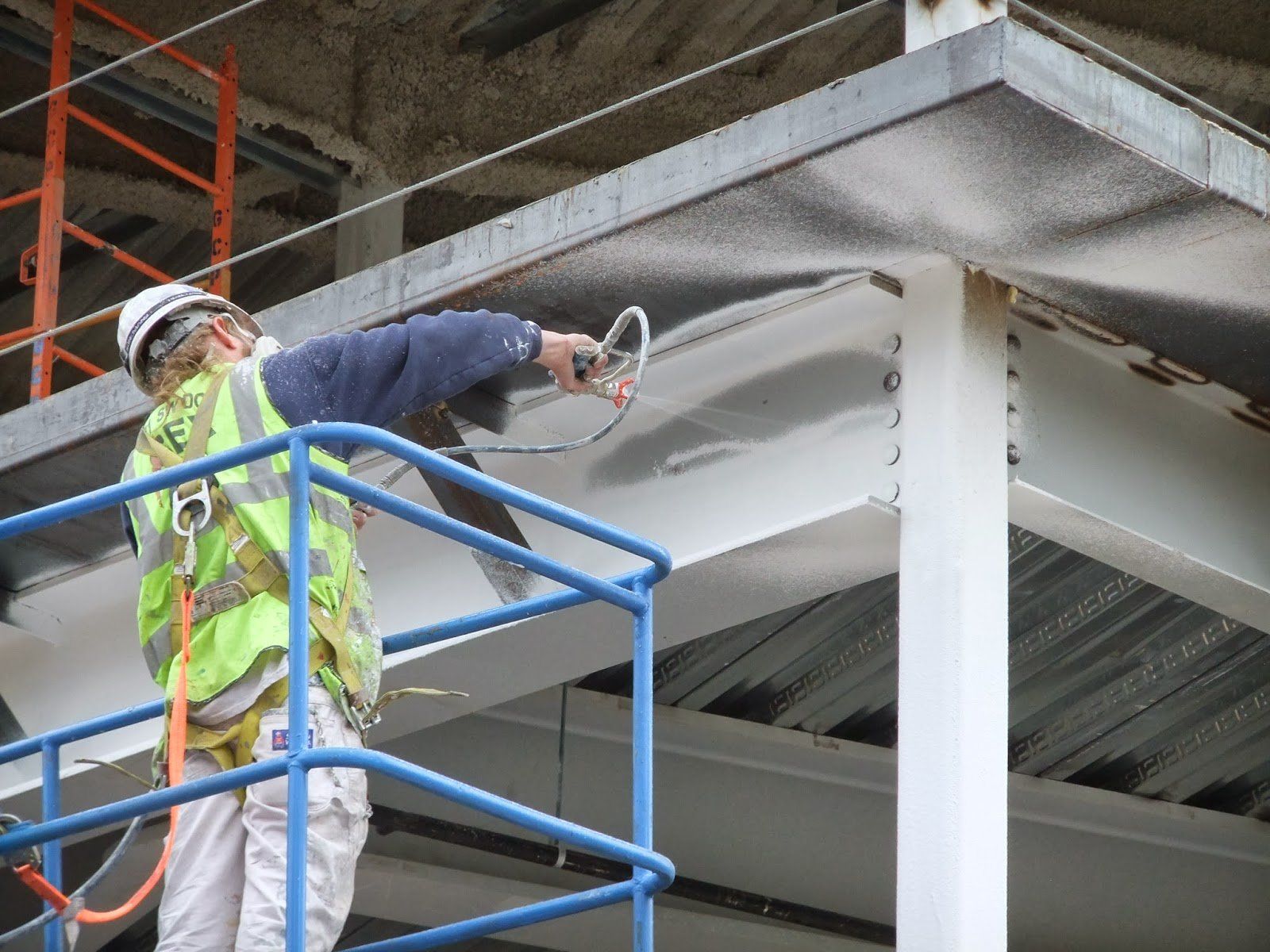Top 3 Fire Stopping Materials For Construction!
- By Jason Adam
- •
- 08 Mar, 2018
- •
Introduction
The recent blaze in the Grenfell Tower, UK, was just another gruesome reminder of the immense damage fires can cause, with 72 people killed, 70 left injured, and hundreds displaced from their homes.
The worst part is that the Grenfell Tower fire, like so many other high-rise blazes before it, would have been avoidable if proper measures had been taken at the time of the building’s construction.
According to official reports, the tragedy happened because a small fire accidentally broke out in an electrical appliance on the fourth floor. The rapid spread of flames was assisted by the structure’s external claddingwhich hadn’t been designed for proper fire safety regulations, and the entire building was soon engulfed.
The blaze burnt continuously for around 60 hours before firefighters finally brought it under control.
On-going enquiries into the incident have confirmed that the insulation used between the external cladding and the aluminium structure was to blame for the spread of fire.
According to fire safety experts, the insulation hadn’t been designed for use with non-combustible cladding, and the material practically ‘lit up like a matchstick’ the second it came into contact with the flames.
More information will come out as the enquiry delves deeper into the matter, but the Grenfell tragedy has already brought light to the very important, and often ignored, issue of fire safety; more importantly, ensuring fire-protection during the construction of high-rise buildings.
Fire-proofing during construction
While there isn’t (yet) anyway to construct a completely fire-proof structure, following basic regulations and industry standards can increase the fire rating of a building by a considerable amount, giving its residents plenty of time to escape while fire fighting services control the blaze.
Fire-stopping materials are just one of the ways we can make our structures safer for use.
These materials work by effectively preventing the spread of fire between different sections in the building, increasing the time it takes for the flames to move from one room to the other.
In this article, we’re going to explore the 3 best fire stopping materials currently in use around the world.

Top 3 Fire Stopping Materials
Fire-resistant glass
Windows, although necessary for natural light and ventilation purposes, are usually the weakest link in a structure’s fire defences.
Standard glass shatters very quickly once internal or external temperatures start to rise beyond a certain limit, encouraging the spread of flames and feeding the blaze with more oxygen and fuel. Once the fire reaches the outside of the structure, a situation similar to the Grenfell Tower becomes a very real possibility.
If you’re currently involved in the construction of a high-rise structure, we highly recommend that you consider installing fire-resistant glass windows throughout the building.
The most effective choice here would be heat-tempered glass, which lasts up to 4 times as long in a blaze as does standard glass.
Dual-paned windows are another great example. Not only are they twice as effective as normal windows at resisting heat; they’re also incredibly energy efficient and will help you reduce the building’s overall carbon footprint.
Intumescent Paint
Intumescent paints are used to increase the fire rating of a building’s structural members by up to 2 hours and to give an aesthetically pleasing finish on steel.
During a fire, heat-sensitive substrates within the paint start to expand and its surface becomes charred. This rapid increase in the substrate thickness and subsequent decrease in the paint’s density produces a cooling effect which protects the element inside from the adverse effects of direct exposure to fire.
Intumescent paints are ideal for use on wide variety of construction materials, such as:
- Steel
- Timber
- Concrete
- Plaster
- Bricks
- Masonry
- Stone
- Chipboard
Fire Barriers
Fire barriers are installed above the ceiling or within voids between different floors to stop the spread of smoke and fire and increase a building’s fire rating by up to 2 hours.
These barriers are usually installed in the form of lightweight, flexible fire curtains which can be used over voids up to 11 m wide.
The great thing about fire barriers is that they are incredibly easy to install and most consist of a specially coated glass fabric material, which makes the entire thing extremely durable.

The use of electronic devices has increased the risk of fire as well. They could certainly be devastating, that’s why it is necessary to take necessary steps that could keep us safe from any huge destructions. The buildings should be constructed by following the strict regulations and guidelines to ensure the long-term safety of the people who are going to reside in it.
There are a lot of approaches that could be practiced to make your building and house safe place against any hazardous fire situations. Since the electronic devices are more, the fire igniting material is also used very commonly; that’s why it is just more than necessary to take precautionary steps right during the development phase. The use of Intumescent Paint on pipes and other material could ensure the better safety of a building in fire situations as well.

These paints work by swelling and expanding in the presence of heat and developing a charred surface,which protects the substrate inside from the adverse effects of direct exposure to fire.
The expansion process takes place due to the presence of certain heat-sensitive chemicals which are suspended in the paint using binders.
When a direct source of heat is applied, the binder gives way, exposing the chemicals to the flames. These substances then under go a vigorous reaction which releases gasses and the entire body of paint expands and swells up.
The sudden increase in the volume and subsequent decrease in the density of the intumescent paint slows down the heating of the substrate inside, increasing its fire rating and preventing it from melting.
Through proper applications, fire ratings of 2+ hours have been achieved for steel members, and 30+ minutes for timber beams, giving the building’s residents an ample amount of time to escape safely.

Introduction:
This piece of writing shares some common points that should be born borne in mind while looking for fire and safety solution providers in the UAE. Such as:
- Location
- Online reviews or WOM (word of mouth).
- Customer service
- Versatility
- Qualification, certification and experience.
- Location